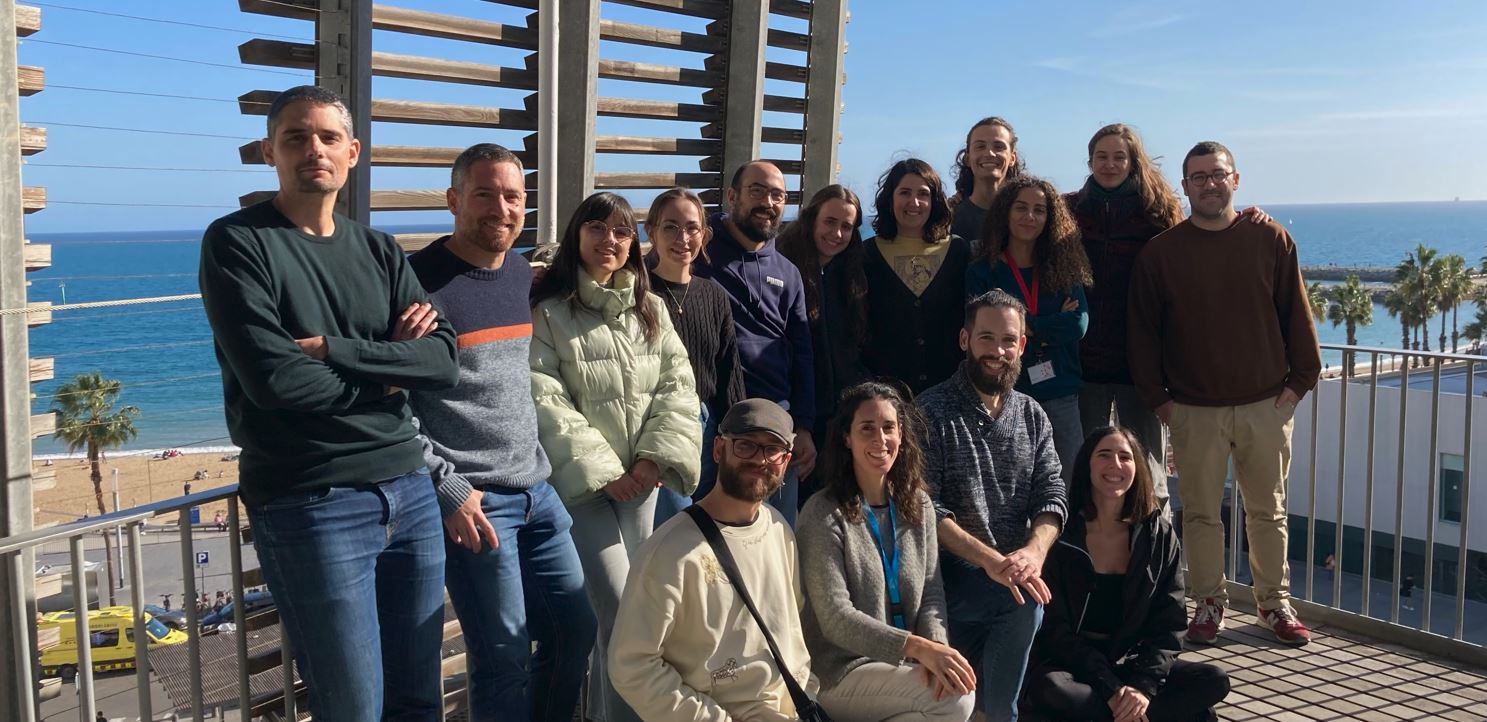Welcome, TransDEvo Lab!
Welcome, TransDEvo Lab!
We welcome Manuel Irimia, who is joining the Department of Medicine and Life Sciences to continue his research into alternative splicing and his role in the study of diseases and evolution.

Manuel Irimia (Maputo [Mozambique], 1981) is a biologist from the Complutense University of Madrid and a PhD from the University of Barcelona, where he studied the origin of vertebrates at the genomic level. He later completed postdoctoral stays at Stanford University and at the University of Toronto, where he began to study the presence of microexons in neurons and sensory cells. In 2018 he was selected as an EMBO Young Researcher and appointed an ICREA researcher at the Center for Genomic Regulation, at the start, and now at the MELIS-UPF. He has also been awarded prestigious funding such as an ERC Starting Grant, in 2014; an ERC Consolidator Grant, and a La Caixa Health Research Grant, in 2020.
Since October 2023, he has directed the Transcriptomics of Development and Evolution Laboratory at the MELIS-UPF, a laboratory dually affiliated with the Center for Genomic Regulation (CRG), and since January 2024, he has directed the Evolutionary Medical Genomics programme, a joint initiative between the MELIS-UPF, the CRG, and the Institute of Evolutionary Biology to enhance synergies between evolutionary medicine and medical genomics, as well as promote the application of evolutionary approaches to better understand diseases and improve human health.
Manuel has always been interested in genes and genomes and, for years, two big questions been playing on his mind: How does a single genome sequence encode the information to build the enormous complexity of cell types and structures of an adult organism?, and how are changes in this sequence translated into morphological novelties during evolution? To answer them, for many years the biologist has been studying the process of alternative splicing which, thanks to its combinatorial power, allows cells to generate very similar but not identical proteins that nourish cell diversity.
Alternative splicing allows cells to generate very similar but not identical proteins that nourish cell diversity
This process affects most of the 200,000 exons of the genome, including microexons, tiny fragments of information, of even 3 or 6 nucleotides, that appeared 550 million years ago –hence they are found in almost all animals– and often regulate neural development and function.
By studying human and mouse transcriptomes over the years, Manuel and colleagues have established that in individuals suffering from autism, microexons tend to be dysregulated. This alteration is explained because their neurons have reduced levels of SRRM4 protein, a key factor for the identification and correct inclusion of microexons in the RNA that will be used to produce proteins.
In healthy individuals, the master regulatory protein, SRRM4, is found in neurons and “rescues” the microexons that other cells in the body are unable to introduce into their transcripts, allowing the generation of specialized proteins.
When SRRM4 is missing, the production of neuronal proteins is affected and consequently, it alters aspects of neuronal functioning such as the electrical transmission of neurons, which translates into an alteration of the behaviour of the affected subjects.
Beyond brain
In recent years, the TransDEvo Lab has been studying alternative splicing in other cell types such as retinal photoreceptors or the endocrine pancreas, where insulin-secreting beta cells are found. In the latter case, it has been seen that the secretory cells of the pancreas express some neuronal microexons and that their alteration affects insulin secretion, glucose homeostasis and, in the case of humans, glycaemia and the risk of diabetes.
In addition to investigating alternative splicing in these projects that could have an impact in the field of medicine, the TransDEvo Laboratory continues to seek to understand how cell diversity is generated throughout evolution and in different species, as well as the role played by alternative splicing during embryonic development.
